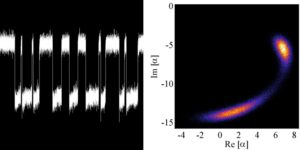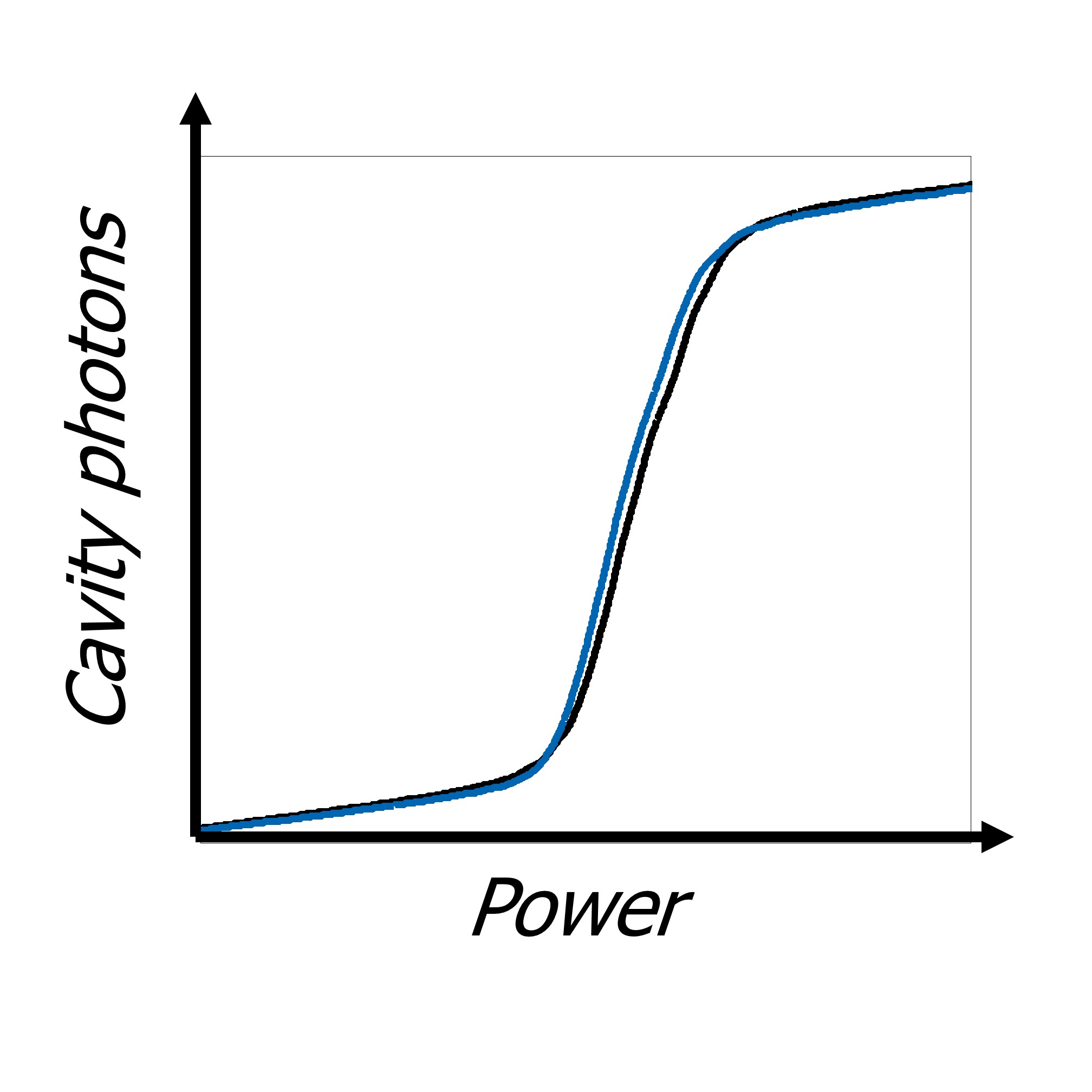
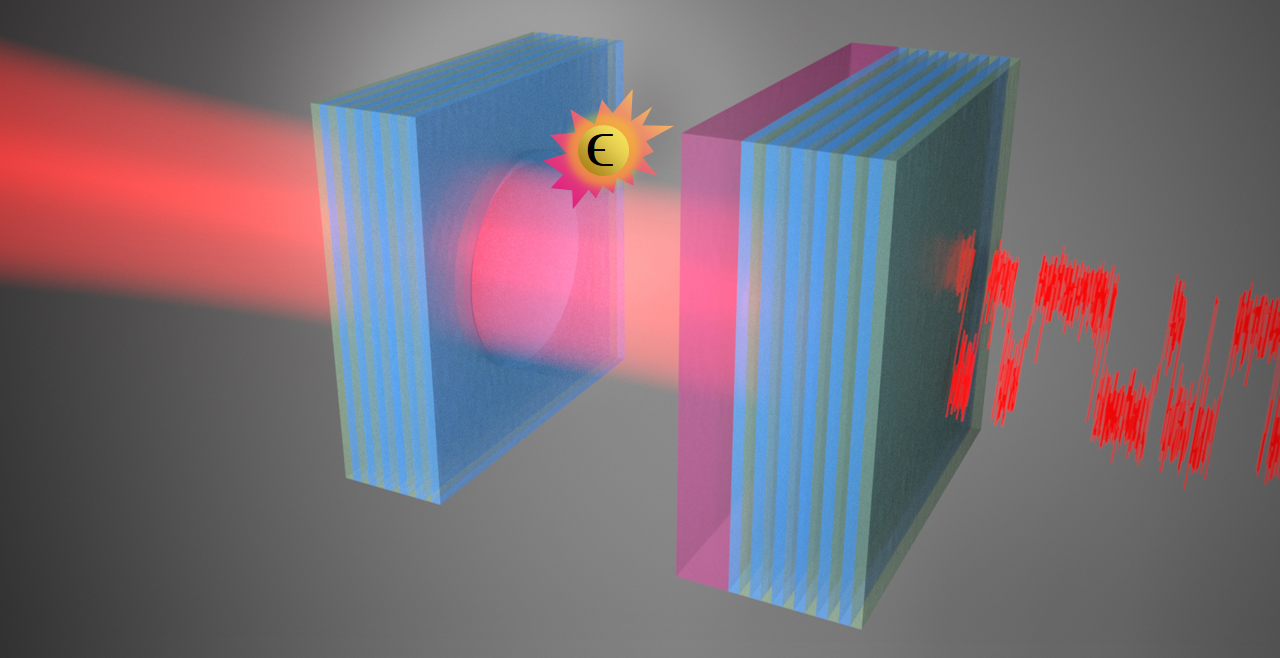
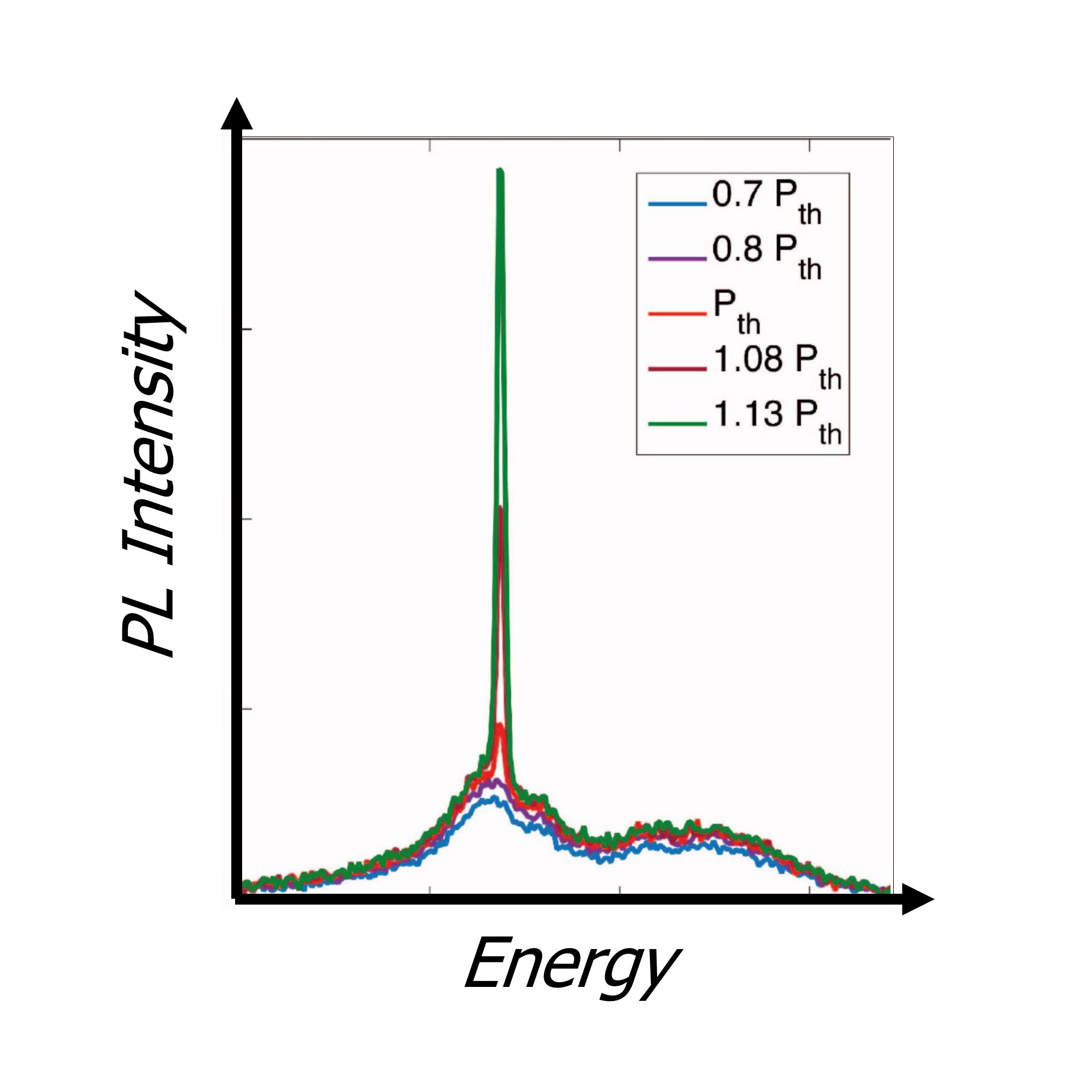
Nanophotonics @ AMOLF
Check out our home institute!
MSc Vacancies
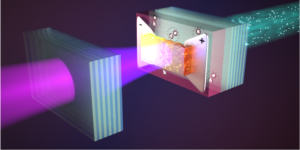
Superconductivity is a fascinating state of matter where electron pairs flow without resistance. Superconductivity at ambient temperature and pressure is arguably the greatest unfulfilled dream in physics and materials science. Recently, it was predicted that by embedding a two-dimensional electron system (2DES) and an excitonic system in an optical cavity, the 2DES can undergo a transition for a superconducting state as a function of the light intensity in the cavity. In principle, this transition may occur at room-temperature. During the past 3 years, we have been developing an experimental setup that will enable us to test this idea for the first time. We search for a master student to join this effort. Your tasks would include: i) transferring 2D materials onto electrical contacts with a new microscope we developed, and ii) performing electrical and optical measurements of these materials inside an optical cavity and at various temperatures.

Superfluidity is a fascinating phase of matter characterized by frictionless flow. Long after the discovery of superfluidity in liquid Helium, it was predicted that light in a Fabry-Perot cavity can behave as fluid. Above a critical light intensity and below a critical velocity, photon fluids are expected to transition to a superfluid state. Recently, G. Keijsers (former MSc student, current PhD student, in our group) observed this superfluid state of light in a cavity at room-temperature and in steady state for the first time. We are now looking for a MSc student to reveal the properties of these superfluid photons, and to answer questions such as: what happens when two superfluids, which cannot backscatter, meet each other?
Noise as a resource
Nonlinear dynamics and noise can lead to intriguing behavior. For instance, we recently observed stochastic resonance, wherein a finite amount of noise enhances the transmission of light through a cavity. In another research line, we investigate noise-assisted sensing; surprisingly, noisy light fields can enable more sensitive and faster measurements under certain conditions. We are looking for a student who is curious about the constructive role that noise can play in complex systems, and take us into new directions. For instance, we would like to explore how noisy nonlinear optical networks can be used for solving optimization problems beyond the reach of the world’s most powerful computers. Alternatively, you could explore how noise can be used as a resource for directed energy and information transfer, and the limits that thermodynamics imposes on this process. This project is meant to start with a focus on theory & simulations, and gradually evolve (depending your interests) towards experiments.
About the group
We are a young and dynamic research group, interested in the physics and applications of interacting photons in optical resonators. For more details, please see the ‘Research’ section.
What we offer:
We offer a supportive, inclusive, intellectually-stimulating, and friendly environment for you to conduct a MSc research project. The three tabs on the side give you a flavor of projects currently available in our group. Projects can be fully experimental, hybrid experimental/theoretical, or fully theoretical — we are well equipped on both fronts, so it is up to you to decide! In any case, you will have the guidance and support from experienced PhD students and from the group leader. You will have access to state-of-the-art and new setups (funded by ERC grant), and to theoretical/numerical methods recently developed by our group to describe stochastic nonlinear systems with memory. For further details, please contact Said (s.rodriguez ‘at’ amolf.nl).
Who are we looking for?
We seek highly motivated and talented students to join our team. We highly appreciate diversity, and we welcome applications from females and other underrepresented minorities in physics. Ideally, you have a background in physics or closely-related discipline. You are enthusiastic about working with light, and you are curious about deep fundamental physics questions. We enjoy working with the full spectrum of students, including those with very ‘hands-on’ skills and those that are more theoretically oriented.
